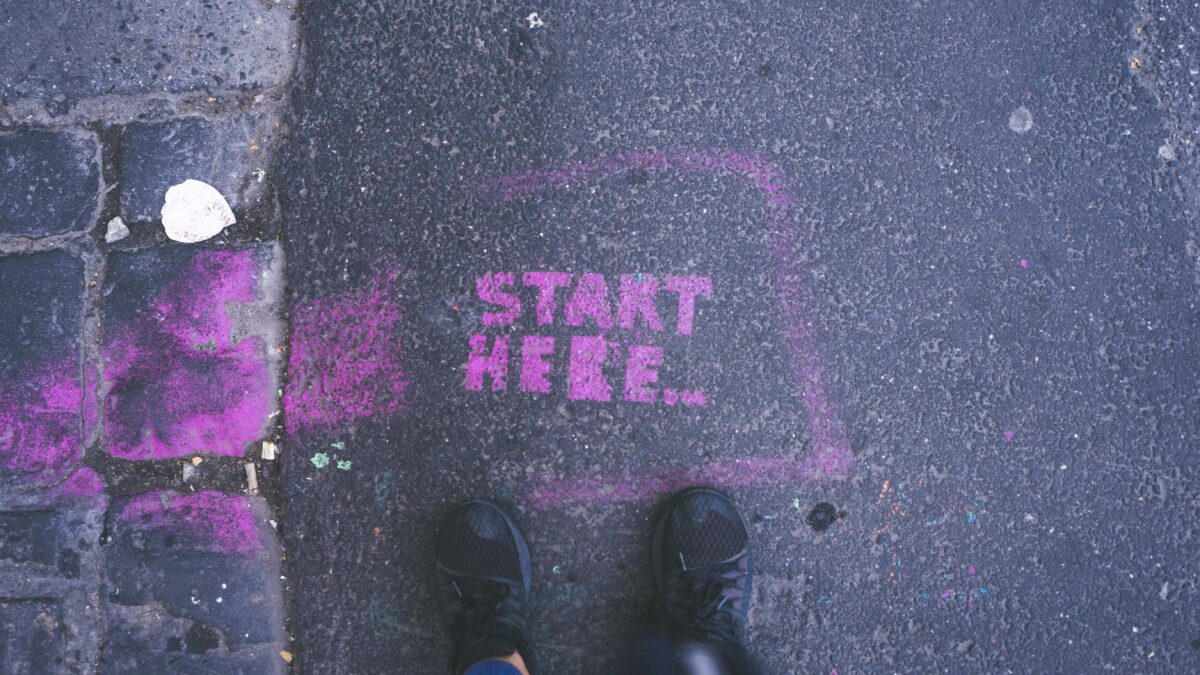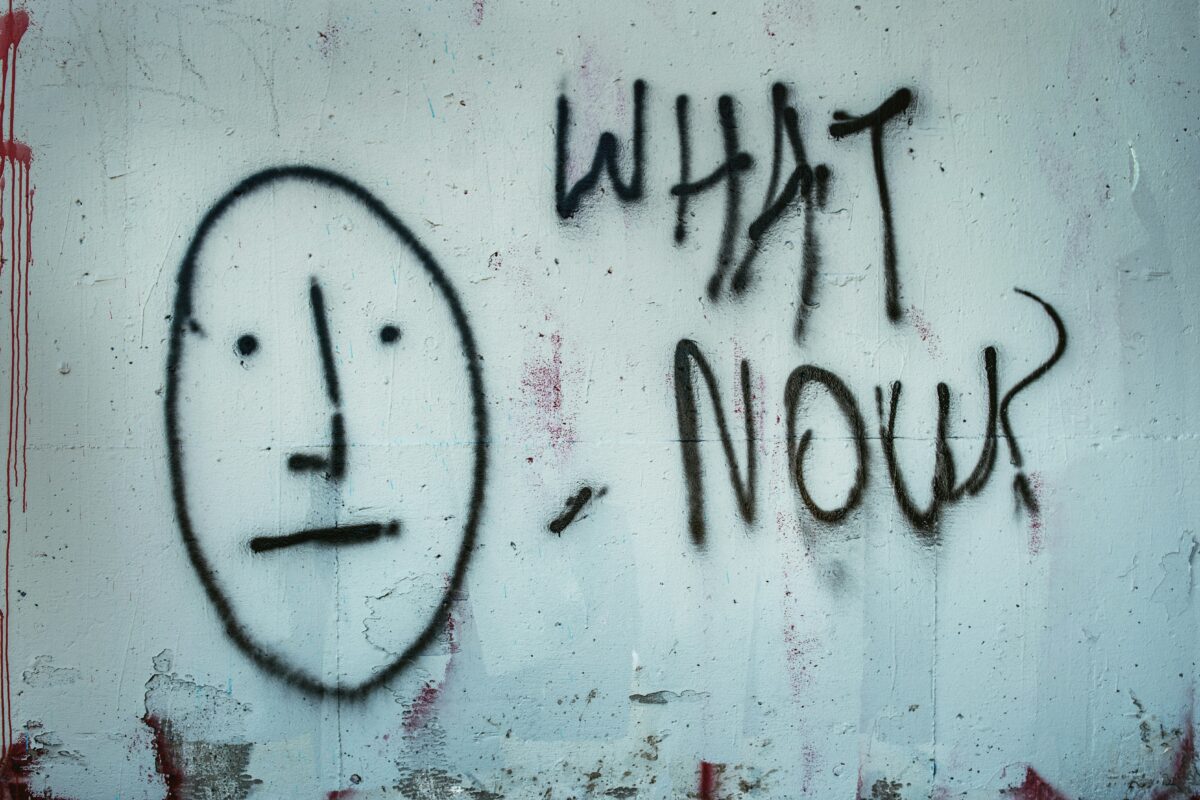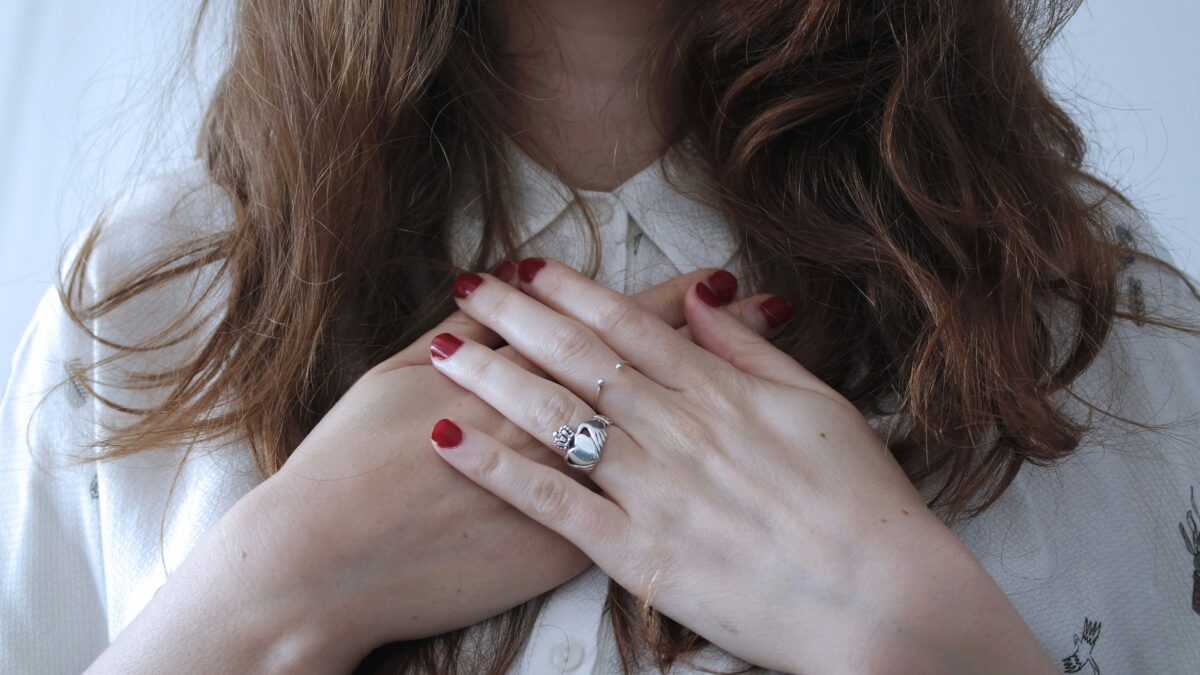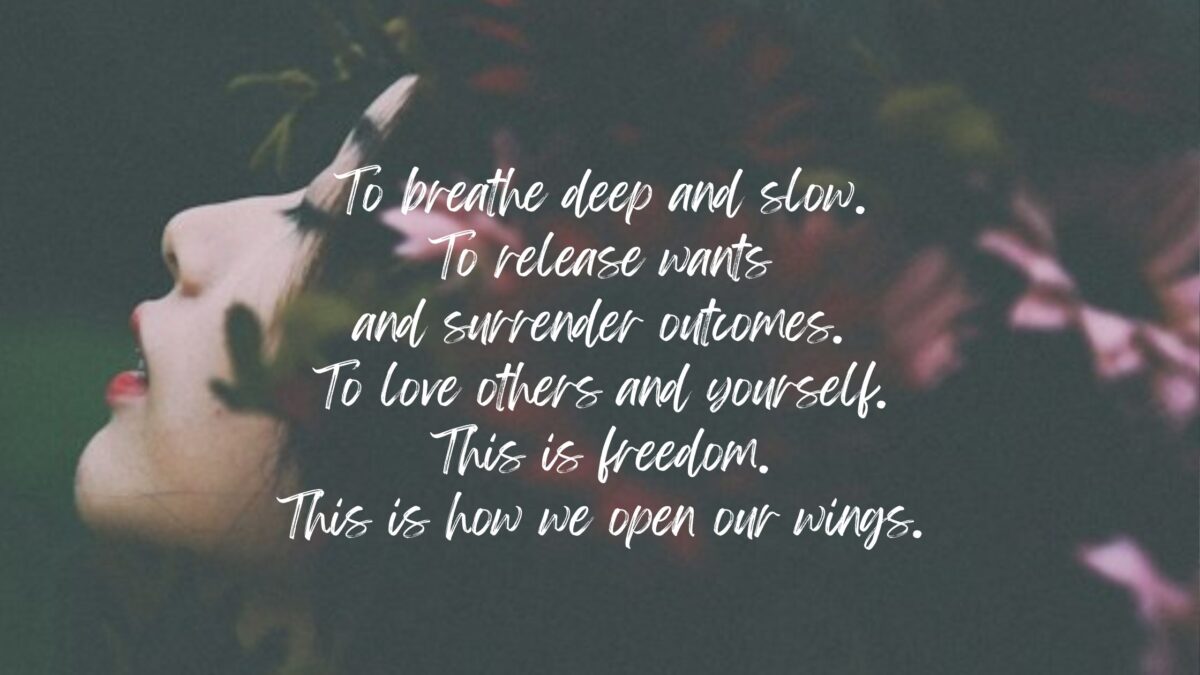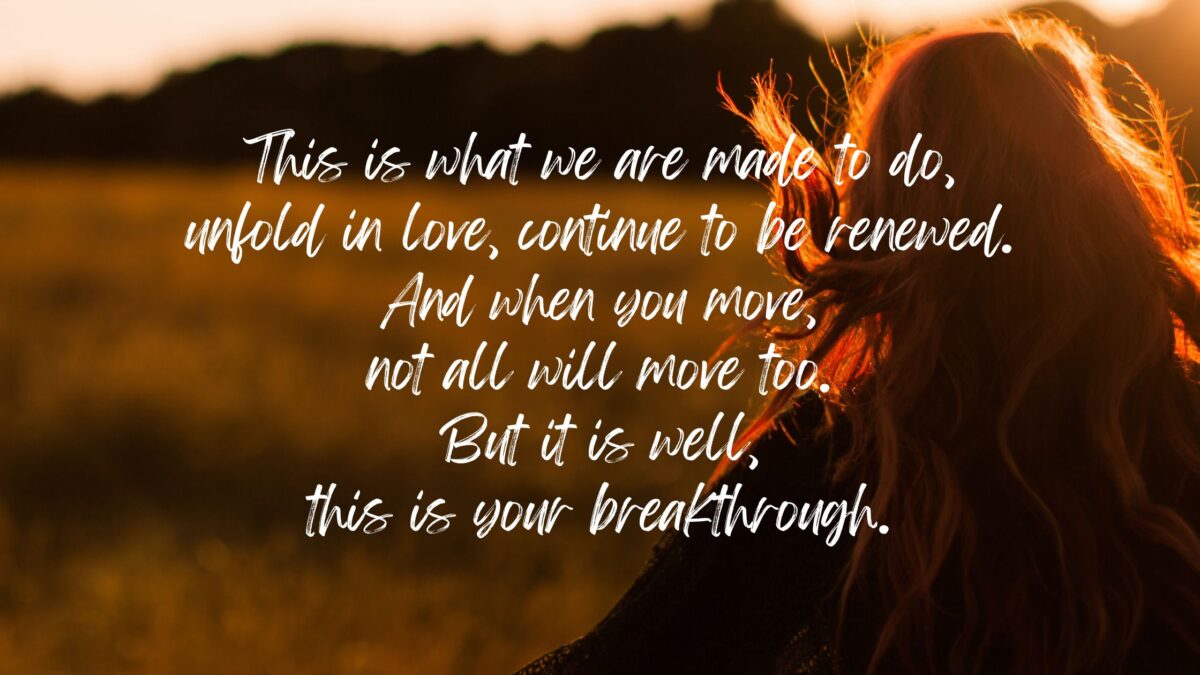Being raised in the church shaped me in ways I’m still discovering.
In my early years, I felt cared for. I was encouraged to be polite, helpful, and gentle. I learned to listen, to respect authority, and to trust those who were seen as spiritually wiser. Somewhere along the way, though, I picked up the belief that other people, pastors, leaders, mentors, knew more about life and faith than I did.
So I learned to defer. To seek permission. To wait for a green light before taking a step. It made me cautious, hesitant, and out of tune with myself. I second-guessed everything, even the smallest decisions.
Now that I’m older, I can see how that pattern formed. How my resistance to taking full ownership of my choices wasn’t a flaw, it was a habit. A habit of passing off my responsibility to someone I believed knew better.
But the truth is: I have my own knowing. And it’s taken time, mistakes, and lived experience to recognise it.
When I say “knowing,” I’m not talking about facts or intellect. I’m talking about that quiet inner sense, a kind of recognition. The word itself comes from the Old English cnawan, meaning to perceive directly, to be familiar with.
Knowing doesn’t mean we think we’ve got all the answers. It’s not arrogance. It’s not stubbornness or certainty. In fact it doesn’t feel anything like certainty to me. Inner knowing is quieter than that. It’s not about being right, it’s about being honest.
The best word I can think of to describe inner knowing is alignment. When I have it, there’s a sense of ease, even if things are hard. When I don’t, something feels off. I might not be able to name it, but I feel the disconnect.
Inner knowing nudges us toward choices that feel true, even if they don’t make sense to anyone else. It’s not about being absolute, it’s about being integral. We might not be able to explain why we know something, but we still do. And learning to trust that voice, especially after years of outsourcing decisions to others, can be one of the most powerful shifts in a person’s life.
So how do we begin to reconnect with that quiet, inner wisdom?
Sometimes, the best place to start is with a few good questions…
1. What do you keep circling back to, despite distractions, doubts, or other people’s opinions?
Some truths don’t just knock once. They come back, again and again. They won’t leave us alone until we listen. What’s been repeating itself in your life, asking to be heard?
Maybe it’s a decision you keep avoiding. A dream that won’t stay quiet. A truth you’ve tried to bury. Whatever it is, it keeps returning, not to haunt you, but to help you come home to yourself.
2. What brings you peace when you imagine choosing it?
Not excitement. Not applause. Peace. The quiet kind. The kind that lets your shoulders drop and your breath come easier. It might not look impressive to anyone else, but something in you knows, it feels right. What choice brings that kind of calm? What direction feels like relief, even if it’s hard?
3. What decisions have you made in the past that turned out to be right, and what helped me make them?
Looking back, how did you arrive at the truths you’ve come to trust? What guided you? Intuition, stillness, reflection, prayer, experience? And what might those same guides be leading you toward today?
Maybe you didn’t even realise it at the time, but something was already leading. Those moments of clarity, however small, were proof that you do have a knowing. That you do know. And maybe, just maybe, those same quiet guides are still speaking, nudging you toward something true today.
4. What feels true in your body, even if your mind tries to argue with it?
This isn’t about following every impulse or craving. It’s not about indulging in what might harm you or others. It’s about paying attention to the deeper signals your body gives when something aligns, or doesn’t. The calm, the tightness, the heaviness, the lightness. What brings tension? What brings ease? What feels like a quiet, steady yes beneath the noise?
5. What are you pretending not to know?
Sometimes we bury what we know because it feels inconvenient, uncomfortable, or risky. Naming it might mean change. It might mean disappointing someone, setting a boundary, or stepping into unknown territory. So we push it down, cover it with distractions, or convince ourselves we’re unsure. But the truth doesn’t vanish. It waits under the surface, ready to rise the moment we’re willing to face it.
What I Knew
I knew I needed time and space for deep healing. I knew what felt fake, performative, and out of alignment, even if I couldn’t fully explain why. I knew the narrative being told didn’t hold, I was living a totally different story. I knew my life had its own unique rhythm, one that made space for meaningful work, creativity, following curiosity, stillness, caring for my kids with intention, and nurturing deep, connected relationships.
That knowing didn’t always come with a plan or proof, it just came. And when I started listening to it, really listening, my life began to shift.
You don’t have all the answers, but you do have access to a deep, steady truth inside you. It may show up as a nudge, a pause, a pull. But it’s there, quiet, true, and waiting to be trusted.


